Does Cursive Handwriting Need to Be Taught in A High Tech World

National Handwriting Day is Friday January 23rd so I decided to write again about the importance of cursive handwriting. It is not only important to learn as a skill but more importantly it is a principle to the learning process itself,
My background: I am a certified Graphoanalyst with over 25 years of experience working as a handwriting expert. I have a masters degree in Human Service Administration. I have six years of experience working in both the public and private sectors of education and have worked with teens with developmentally delayed and high risk concerns. I enjoy substitute teaching.
Does Cursive Handwriting Need To Be Taught In A High Tech World?
You may not have noticed but cursive handwriting is quickly becoming a skill of the past. Many schools are choosing to eliminate handwriting instruction from their elementary classrooms. Controversy is growing over the role handwriting and keyboarding instruction will have in the classroom, particularly in the elementary grades where students are still developing their reading, writing and motor skills. The controversy was addressed earlier this year by an Educational Summit held in Washington, DC titled "Handwriting in The 21st Century."
The Department of Education Common Core State Standards for education was developed in 2010. These common core practices apply to English language arts and Mathematics. The standards represent a set of expectations for student knowledge needed to succeed in college and careers. Keyboarding is listed as a skill that students must acquire, manuscript handwriting is minimally addressed and cursive is excluded altogether. These major changes serve to increase the controversy over the roles of handwriting and keyboarding instruction in elementary schools. Cursive handwriting has long been a cornerstone of education yet the elimination of cursive handwriting has been based largely on assumptions including the assumption that keyboarding skills are superior to handwriting skills.
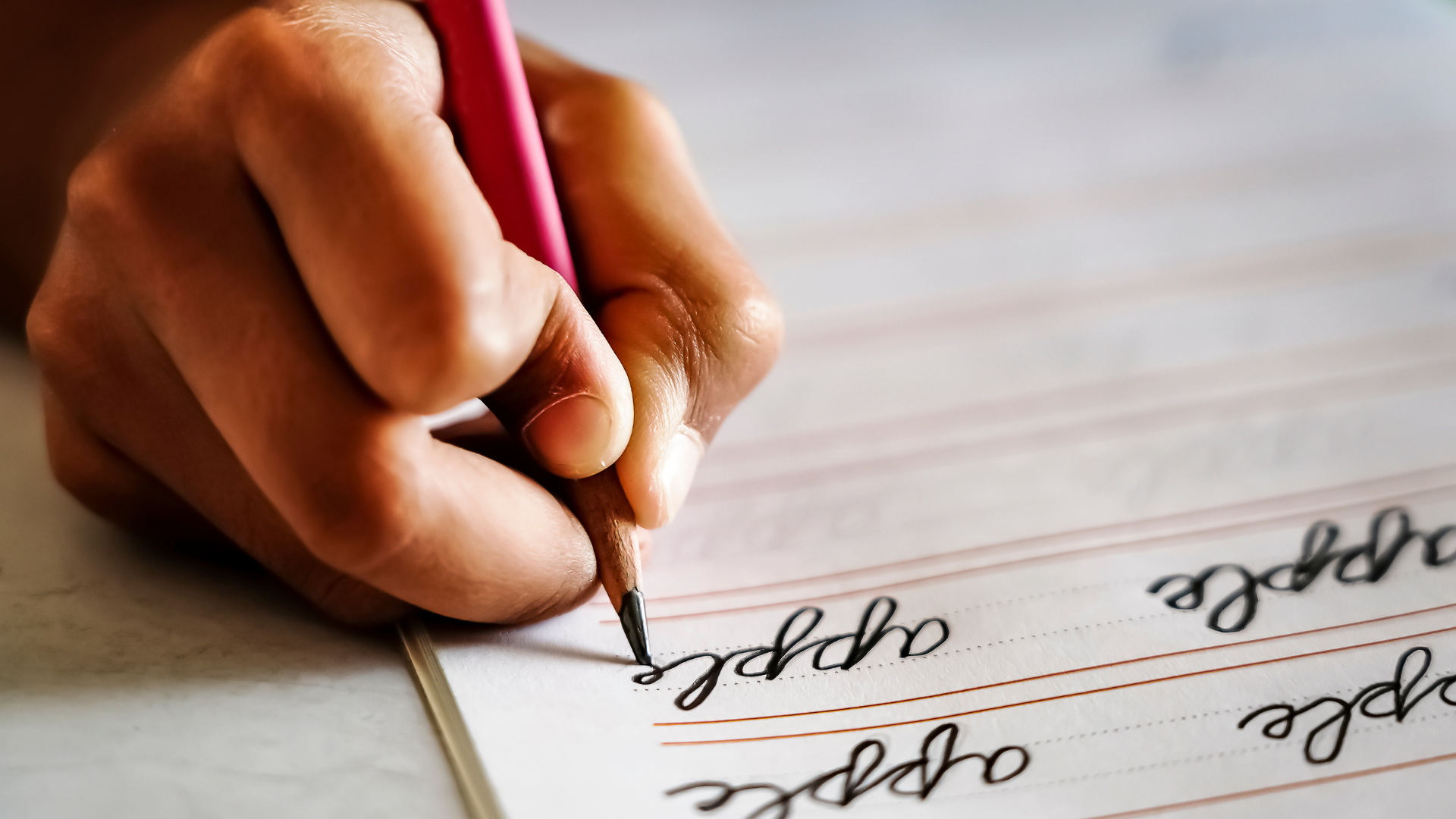
Today the Common Core State Standards allow each state to decide whether to include cursive handwriting in their curriculum. Given the choice more and more states have been choosing to eliminate cursive handwriting instruction from their schools. Some feel that teaching cursive is "old fashioned" and a waste of time.
Others believe that it should continue to be taught. Regardless of your point of view, you should be concerned about the removal of handwriting from the curriculum because these changes are occurring without adequately researching the possible consequences for the young learner. At the heart of the controversy is the lack of evidence regarding how the elimination of cursive handwriting will impact learning and education in general. Much of the education research that has been conducted by universities has focused on technology and literacy. Little regard has been given to the interrelationships of handwriting development and reading, spelling and composition. As a result many kids educated in the last two decades cannot write in or even read cursive. Many policy decisions were made without researching the possible impact on young students who are still developing their reading, writing, and motor skills. Specifically, how these skills relate to cursive handwriting instruction. That may be changing. The Educational Summit titled "Handwriting in the 21st Century" held in Washington, D.C. included the attendance of professors, neuroscientists, teachers and interested citizens. Presenters shared cross-disciplinary handwriting research and attendees voiced their opinions about whether-and how-this skill should be taught. Through presentations and workshops, attendees learned how handwriting is a foundational skill that helps children develop in other areas, such as reading, writing, memory, and critical thinking. Several neuroscientists presented findings ranging from handwriting and occupational therapy to neuroscience research that documents the impact of handwriting on kids' learning. In a survey at the conclusion of the summit, 85 percent of the attendees believe that handwriting instruction is "very important" in the 21st century. A majority responded that handwriting should be taught from Kindergarten through 5th grade. All of the research presented at the conference indicates that teaching handwriting is beneficial. Although the conference was sponsored by a handwriting curriculum company, the presenters came from a broad range of fields and presented a convincing case. One of the most remarkable findings came from Karin Harman-James at Indiana University. She presented research she conducted using MRI scans of children's brains. Her research which was conducted in 2012 showed that writing by hand activated parts of the brain associated with language development, while keyboarding did not.
Anyone interested in more information about learning cursive handwriting and some of its effects on the brain many published research articles are available for perusal on the internet. As well as a few research studies on how keyboarding affects the brain. Neuroscience tell us that all of our habits create neuropathways in the brain and that new habits can change the brain well into old age. In addition, some neuroscientists have published books which have sections describing how handwriting and hand printing effects the learning process including memory. Two of these books are;
The Hand: How its Use Shapes the Brain, Language and Human Culture,
by Dr. Frank R. Wilson. His book describes in detail the pivotal role of hand movements in the developing of thinking and language capacities. He says that learning to write in cursive is important in "developing deep feelings of confidence and interest in the world-all-together, the essential prerequisites for the emergence of the capable and caring individual." Considering the bullying problem and the lack of empathy many teachers are noticing in their students, could it be that learning cursive handwriting has an effect on the area of the brain that develops empathy and tolerance for others? We don't know...yet. Do you think it is important to find out?
Another book is,
The Brain That Changes Itself by neuroscientist Norman Doidge. His book discusses the subject of neuroplasticity, how the brain changes and develops neuropathways in relation to habit changes and repeated actions. His research describes how handwriting and keyboarding require different actions and effect the brain in different ways. Dr. Dodge has said, "When a child types or prints, he produces a letter the same way each time. In cursive, however, each letter connects slightly differently to the next, which is more demanding on the part of the brain that converts symbol sequences into motor movements in the hand. Each of these actions creates different neuropathways in the brain,
In summary, much controversy exists regarding the importance of learning cursive handwriting. Evidence is building that indicates the brain is effected and changed in ways we never realized. Brain research is constantly providing new revelations. Research in this area needs to be encouraged and funded. Changes in curriculum that impact how kids learn and retain knowledge need to be carefully examined and evaluated prior to being implemented. At present most school districts can still decide if they want to teach cursive handwriting. Where does your school district stand? If you think cursive handwriting is important to learn contact your child's teacher or school administrator and express your concern. Some states are reinstating cursive handwriting into their education curriculum. The beautiful State of North Carolina not only requires cursive handwriting lessons in their curriculum requirements but added the memorization of the multiplication tables as well. Frankly I didn't know the memorization of the multiplication tables were no longer required, did you?
If you believe that teaching cursive handwriting is important you can contact your State legislator and ask what they know about this change in curriculum. Ask if they have seen any research studies and what their opinion is of the change. You may find they are not aware of the change. Explain your concerns, give them a list of States that have reinstated cursive handwriting into their language arts requirements.
You can find these States on the internet or I am happy to provide the list for you per your request.
You can find more information on cursive handwriting on the website Campaign for Cursive.I encourage you to become a member.
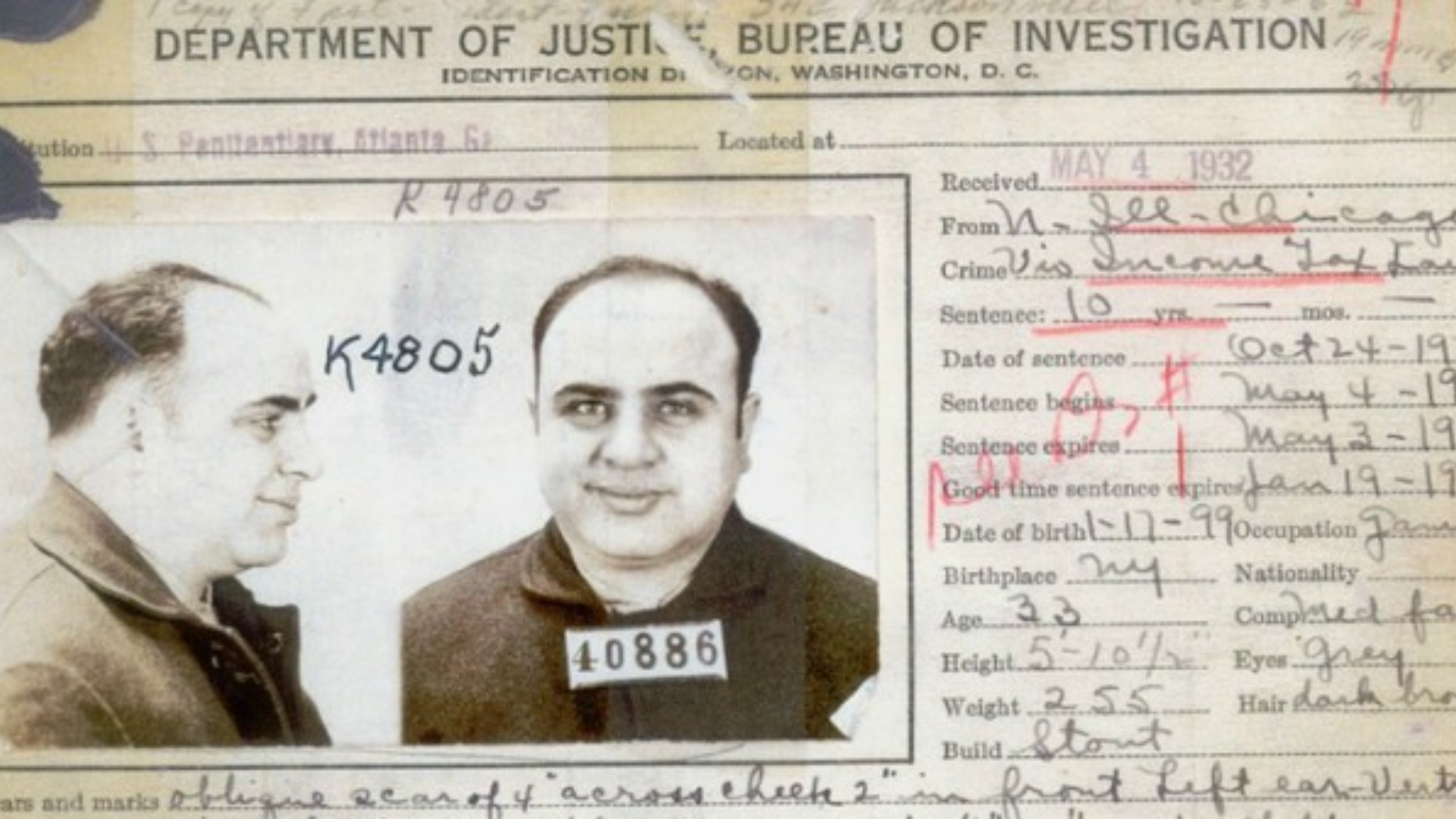



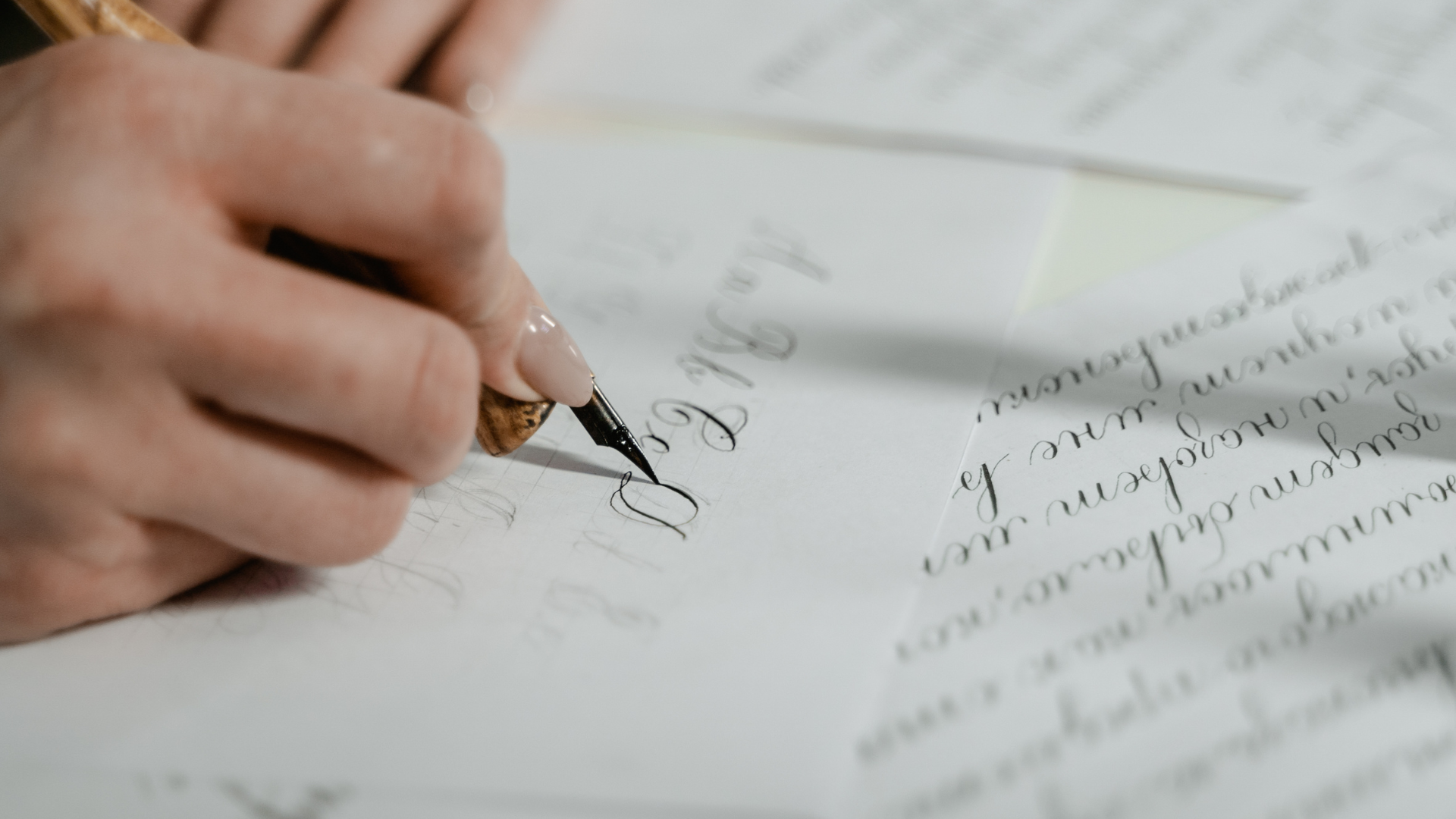
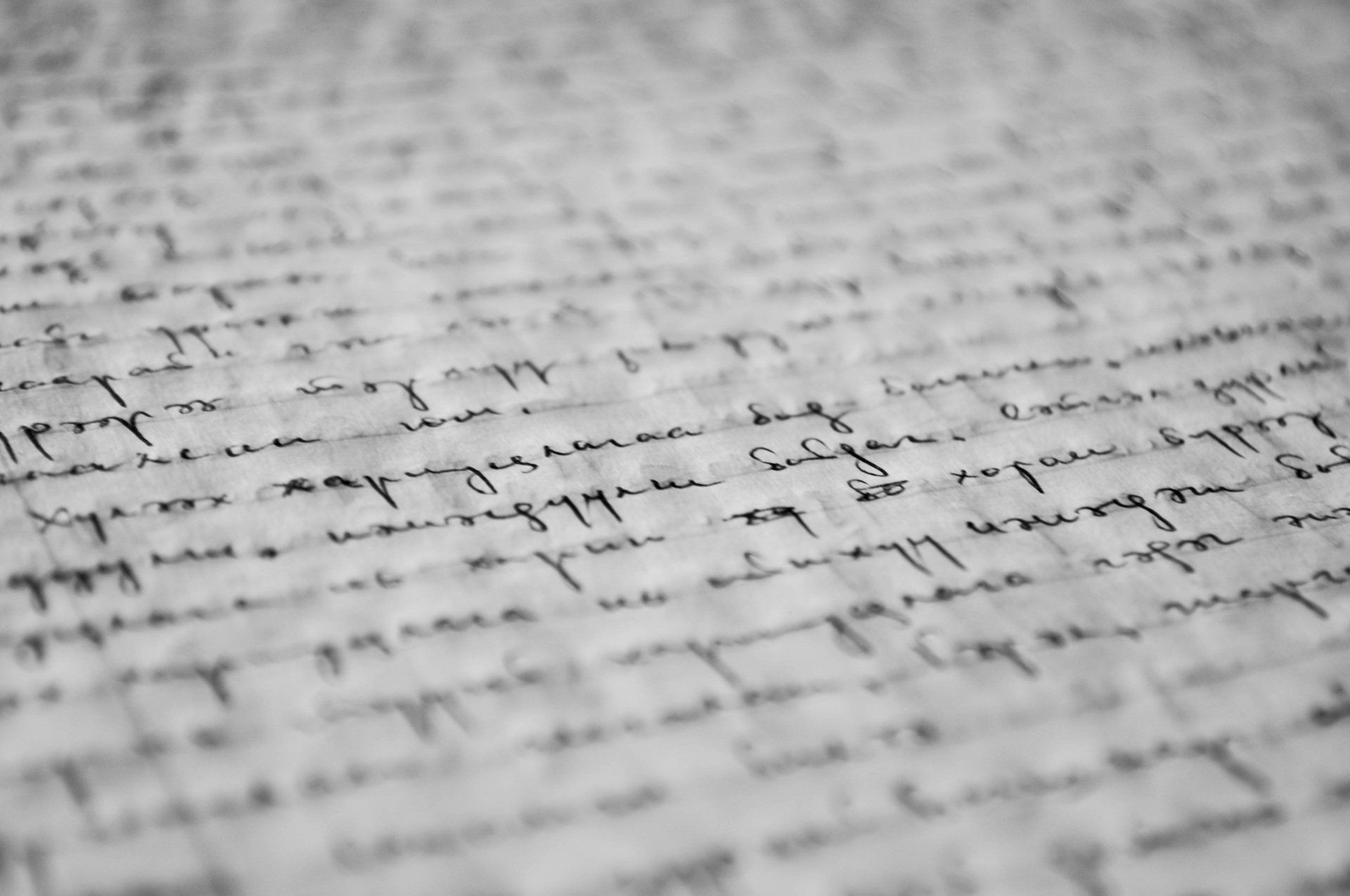


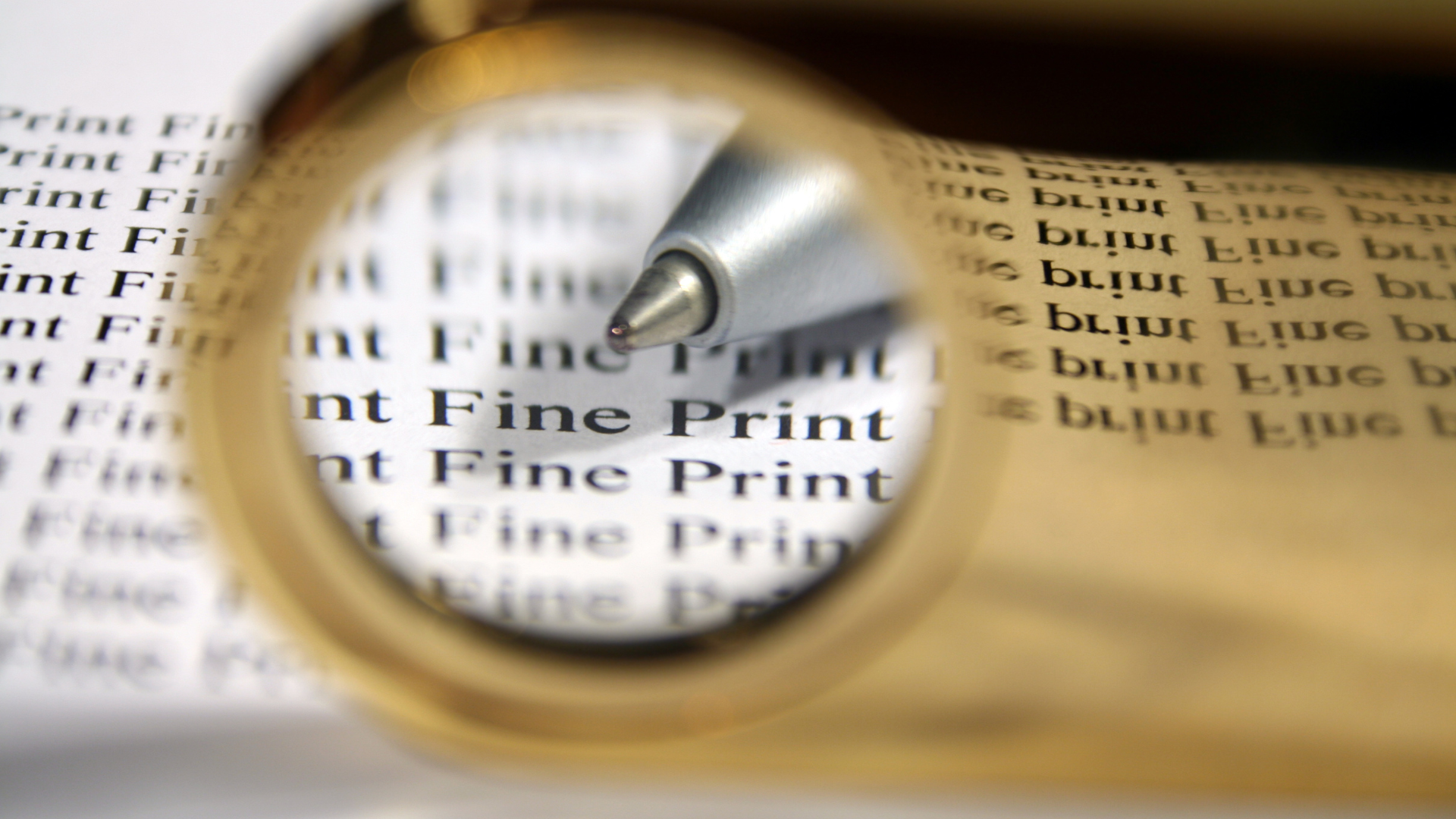
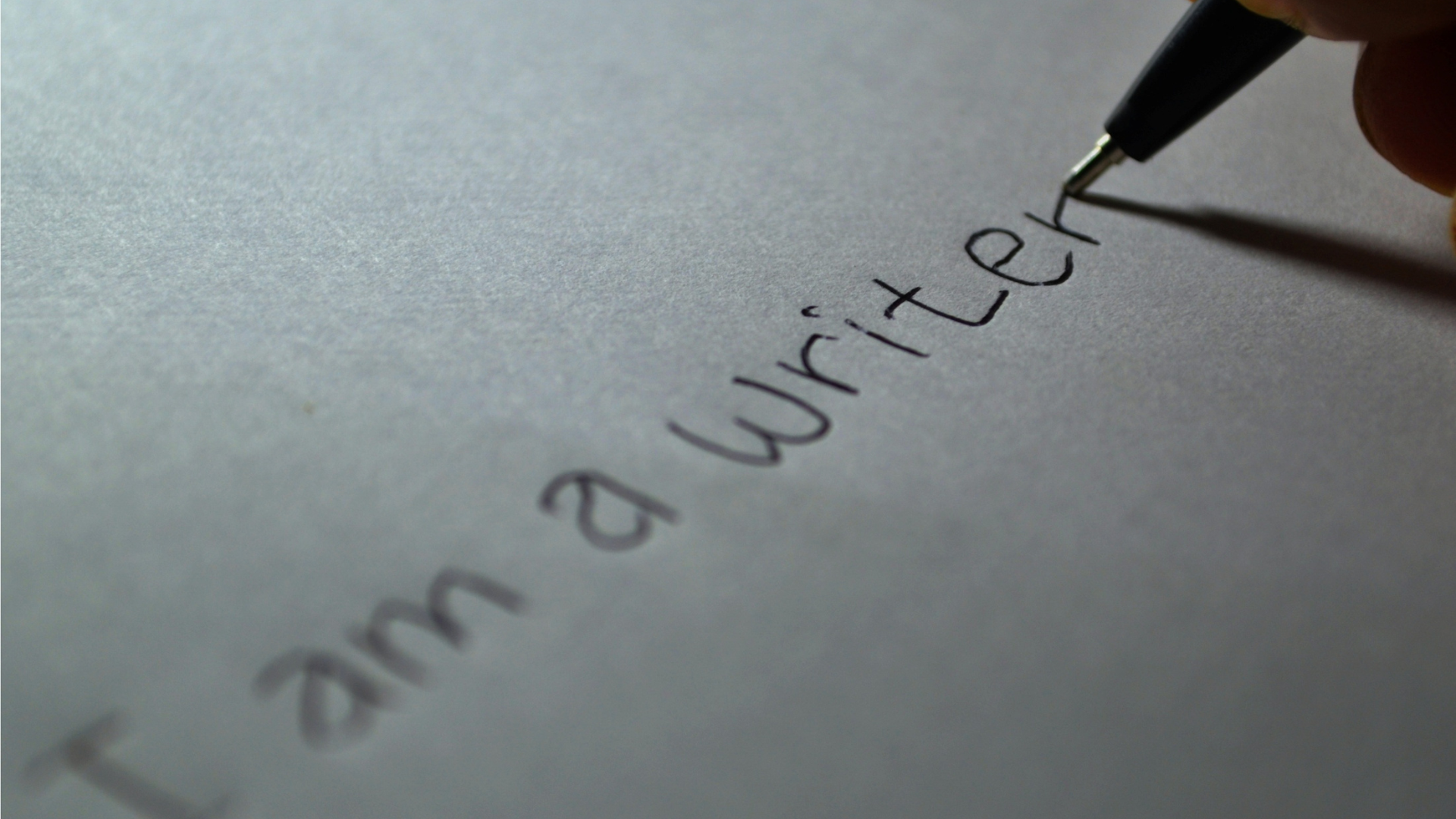
All Rights Reserved | Illinois Forensic Handwriting Experts

